Should I stay or should I go? How an Indian family decided to return home
Dressing up for an Indian party in New York was, for me, a complicated exercise fraught with rules and miscues. Dressing up for a party at Zahid’s house made it doubly so. On the one hand, I didn’t want to seem too Indian, dressed like my mother in a traditional sari and dime-sized bindi. On the other, I didn’t want to show up in a cocktail dress or pantsuit and confront a sea of women decked to the gills in ethnic finery. Not only would I stand out, worse, I would be instantly labelled as a pseudo Indian who tried to be too westernized.
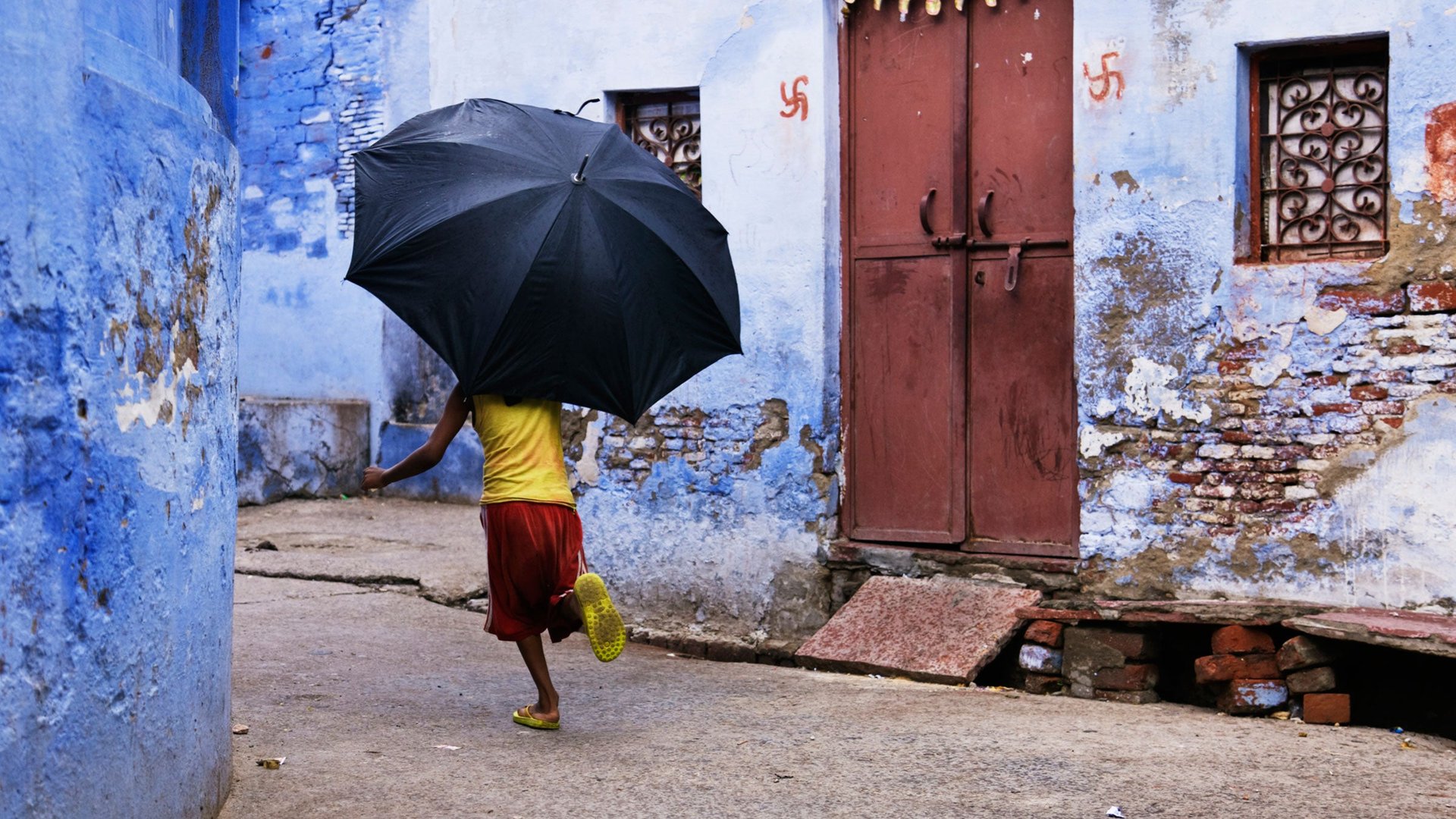

Dressing up for an Indian party in New York was, for me, a complicated exercise fraught with rules and miscues. Dressing up for a party at Zahid’s house made it doubly so. On the one hand, I didn’t want to seem too Indian, dressed like my mother in a traditional sari and dime-sized bindi. On the other, I didn’t want to show up in a cocktail dress or pantsuit and confront a sea of women decked to the gills in ethnic finery. Not only would I stand out, worse, I would be instantly labelled as a pseudo Indian who tried to be too westernized.
Indians in America have a highly honed instinct for spotting artifice, probably because many of us have attempted it ourselves. After all, what is the point of starting afresh in a new land if you cannot reinvent yourself into someone else, be it a suave corporate chieftain, Nobel-prize winning professor, media darling, policy wonk, or a UN high-flier who cloaks ambition with charm?
Yet, within each of us lay contradictions. We touted American enterprise and capitalism, yet engaged in acts that were antithetical to free will: conducting an arranged marriage before a thousand guests at one’s native village after spending years in America was one. Consulting an astrologer or shaving a child’s hair on a preordained auspicious day was another. We were— all of us— rational professionals with some irrational Indian predilections such as a love for cricket, curry and cold water without ice; a craving for mango pickle and mother’s rasam; and a belief in the curative powers of Vicks Vaporub, Fair & Lovely face cream and Woodward’s Gripe Water.

I thought of this as I stood before my closet, discarding outfit after outfit. Usually, my sartorial decisions weren’t so complex. I wore Indian clothes to Indian parties and western clothes everywhere else. But Zahid and his American wife didn’t fit into either category. There was a fair chance that their party would be full of Americans, in which case a cocktail dress or a pantsuit would work just fine. Then again, they may have invited only Indians, in which case an elegant silk sari was more appropriate. Sari or suit, Indian or western —therein lay my dilemma.
Every Indian carries a mental inventory that is divided between being “Indian” and being “Western.” Certain clothes like saris and shawls are Indian, while pantsuits and short skirts are western. Chunky gold jewelry is Indian, while sterling silver is western. Sandals are Indian, shoes, western. Long hair in braids or a chignon give women an Indian look, while short boyish cuts are more westernized. Living in Queens, New Jersey or Long Island is Indian, while living in edgy Manhattan is more western. Goods that offer value for money are Indian; while outrageous splurges are western. Driving an SUV or BMW is western; driving a Toyota or Honda is definitely Indian. Leasing, or for that matter, anything construing a short-term mindset is western; owning, paying off the credit card bill in full at the beginning of each month, and offering cash for all transactions is Indian. Decorating your home with Indian artifacts is obviously Indian, while buying minimalist modern furniture is western. And so it goes.
The problem with such a list was that random acts became deliberations. Lifestyle choices that should have been spontaneous became complicated by over analyses. Should I keep an “Indian” home or a “western” one? Should I wear a bindi or not? Should I keep my Hindu name, or anglicize it, like the Jews and Chinese had done? Should I celebrate Christmas, a holiday that I didn’t grow up with, or should I ask for a day off to celebrate Diwali, the most important Indian holiday? Should I remain aloof or assimilate? Should I wear the colorful Indian clothes that I loved, or quit wearing them in public because I am tired of being stared at? Such questions rattled my brain to the point where I sometimes just wanted to check out. Sometimes, I just wanted to pick an outfit, not a country.
When I was single, the answer to such questions was simple and pointed to all things American. I wanted to wear western clothes, celebrate American holidays, embrace new traditions, and assimilate completely. That changed after I became a mother, and took upon myself, the self-imposed, but rather nebulous task of passing on “Indian values and culture,” to my child. I didn’t have a clue as to what exactly constituted Indian values, but I knew that they had to be different from American ones, which meant that I had to be different too. I had to become more “Indian,” whatever that meant, or entailed.
There were many overlapping circles amongst Indians in New York and Zahid’s party contained a fair representation. On one side was the Asia Society crowd— the auteurs and art patrons who paid $500 a pop for an evening with filmmaker Mira Nair or economist Amartya Sen. Across the room were the artfully rumpled journalists and the professors, holding forth about foreign policy and the Indian elections. A few doctors stood around with their beepers and cell phones, looking preoccupied and vaguely out of place amidst such studied, forbidding elegance. Many of the men were from Wall Street and you could tell who was where on the corporate ladder by what they wore. The ones who appeared genial, almost professorial, were the top guys who ran big divisions. The ones with the $1000 Armani suits were the ladder-climbing mid-level executives, and the young single analysts…well, there weren’t any young singles at Zahid’s party. They were all probably enjoying Indian bhangra night at SOB’s nightclub downtown with DJ Rekha.
Midnight stood nearby, talking loudly about his trip to India as part of the American India Foundation. He saw me and waved. I waved back. When had Midnight become such a board-chaser? All he talked about these days were benefits, boards and galas that raised money for a variety of Indian charities. The American India Foundation was a favorite amongst this group, mostly because Bill Clinton was a fellow enthusiast.
“And Bill was such a sport about everything,” Midnight was waxing eloquent to his audience. “The heat, the horses, the garlands, the crowds, nothing fazed him.” He turned to me expectantly.
“Absolutely,” I obliged. “Clinton loves India. He got Bob Rubin to speak at the last benefit, didn’t he?”
Bob Rubin indeed. I was such a sham, making it sound like I personally knew the ex-Secretary of Treasury, like I went to all their benefits, when in fact I had been to exactly one. And the crowd here probably knew it too.
Something about Indian parties brought out the Holden Caulfield in me. It was as if I suddenly suspended logic and compassion and viewed my fellow Indians through one lens: how ‘pseudo’ they were. As cultures went, India and America were quite different that it was difficult to assemble a composite Indian-American identity. It was hard to mesh the two cultures together in one individual.
In comparison, I felt, Europeans, particularly Western Europeans, had it easier. They were closer to America in the cultural continuum. When my Swiss or German friends talked about going on ski trips, for instance, it sounded natural— what they had done in the Alps as children, they were continuing in Aspen. When Indians talked about ski vacations, it sounded like an affectation, given that there is no snow in most parts of India.
We had, each of us, added layers to our personalities after coming to the United States. Sometimes, these layers clashed with our past, even if they were not poses. A simple example was the ubiquitous phrase, ‘I love you’. Most Indians in America used this phrase frequently, and now people in India have started doing this too. Children end phone calls to their parents by saying, “I love you.” But such public displays of affection are not commonplace in India. It is not an exhibitionistic culture. I have never heard my parents say, “I love you” to each other even though I know that they do.
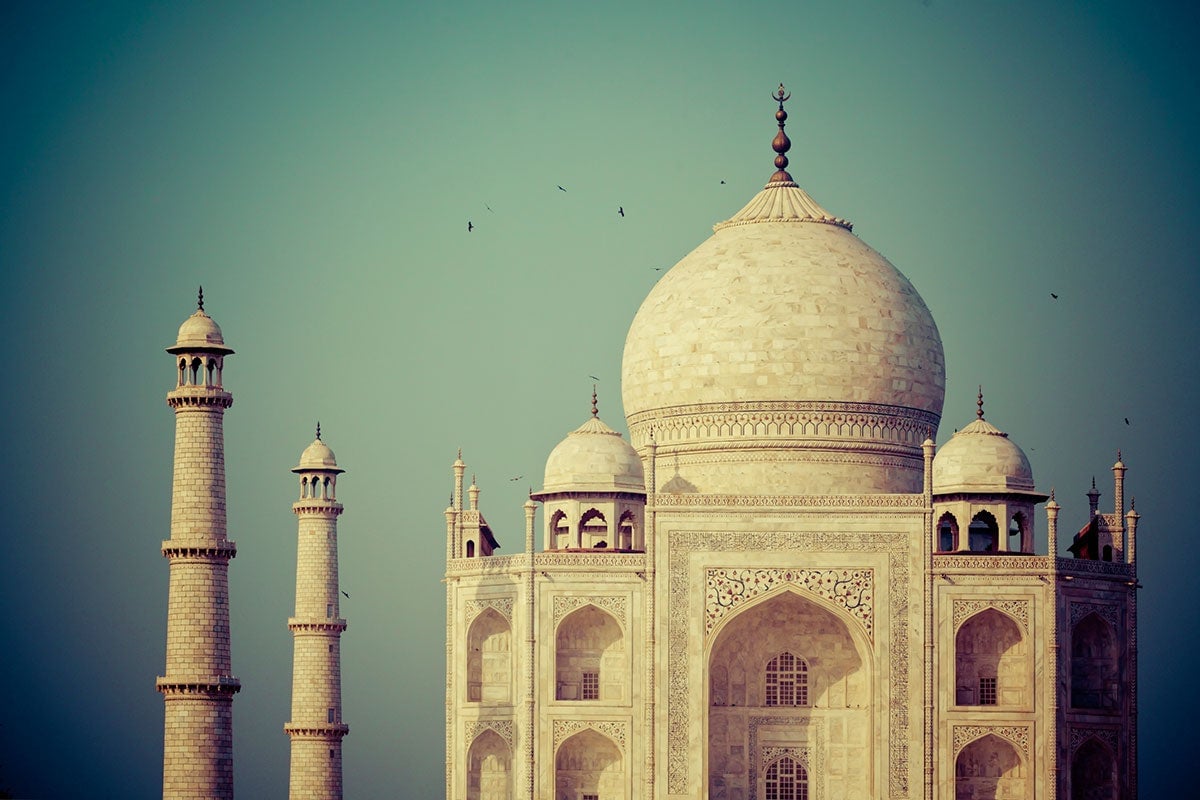
Ram and I had developed a relationship that was somewhere between India and America. We were more demonstrative than our parents but not as open as Americans.
My problem—and perhaps all Indian women face this—was that depending on the event and the people involved, I switched roles and changed personas. In the presence of elder Indians, I reverted to what I called my “Indian bahu” (daughter-in-law) role, touching their feet respectfully, plying them fresh lime and samosas, and politely calling them Auntie-ji and Uncle-ji. In the presence of Americans, however, I felt duty-bound to break stereotypes and prove to them that Indian women were not suppressed demure damsels sans voice or convictions. So I got into my ‘feminist’ role with a loud laugh and strong opinions. It got a bit confusing, and sometimes I wondered who I really was.
Ram’s answer to all this was a devastatingly simple, “Why don’t you just be who you are?”
But who was I really? Was I the good Indian bahu or the feminist rebel — two different creatures entirely? And who were all these Indians pretending to be?
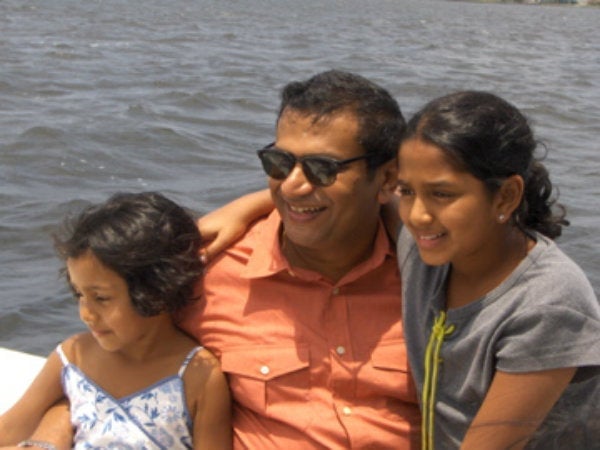
Ram, I knew, didn’t view our fellow Indians through so jaundiced a lens. He didn’t think anything wrong for an Indian to acquire new loves — be it western hobbies, racecars, nouvelle cuisine, or a trophy wife. While I viewed such choices as traitorous pretensions, he saw them as a natural evolution of coming to a new country and learning new things. What I had conveniently forgotten, however, was that I too, once yearned to immerse myself in America—taste its cuisine, cultivate a passion for modern art and have American boyfriends. The intervening years had given me a cynicism and I wasn’t sure of its origin. Was it because I had become a mother? Or had I grown more traditional as I had aged? Did my arranged marriage make me view western culture as alien? I wasn’t sure. Mostly, I think it was because I recognized the pseudo-ness, both in the old me and in the people all around.
“How can a guy who has been eating dosa and sambar for 25 years, suddenly guzzle kimchi and proclaim Korean the food of the Gods?” I would ask.
“Why not?” Ram would retort. “Just because you grew up in England doesn’t mean you have to love shepherd’s pie. Just because you grew up in Vermont doesn’t mean you have to love snow.”
“You don’t have to love it, but you don’t need to turn your back on it forever,” I said.
I was right, and Ram was right too. Most of our Indian friends— us included— hadn’t changed spots completely, but hadn’t remained the same either. We had retained some of our Indianness, while absorbing some American mannerisms, habits and interests, and morphed into something unique. We were unlike any of the Indians we had left behind back home but hadn’t completely become American either. We were mutants.
Although I didn’t realize it at that time, New York was seminal in changing my view toward America and India. Cities change people, of course; where you live influences the kind of person you become. Is it possible to fall madly in love with a city and yet, feel the first seeds of discontentment about your life? Perhaps because of its amplified presence in the American and Indian psyche, New York raised questions like this in my mind. Our life there was idyllic in many ways, and yet, in retrospect, lonely as well. In the winter, it became dark at 5.00 p.m. and freezing cold outside. Stuck with a toddler in an apartment, I found myself longing for the warmth and expanse of my homeland.
It was in New York that I first began confronting what I called the “India Question” At parties and gatherings, I would gravitate toward people who were like me—Indians with young children who were conflicted about their life in America and, yet, who could not give up India. I began hearing about people who were seriously considering moving back to India; for good. Those were just whispers. What turned it into a scream was the group that we formed: Saregama.
Named after the first four octaves of Indian music, it began initially as a way for good friends to meet once a month and teach our young children bhajans. We were six families with children about the same age. We began meeting once a month on a Sunday for a potluck lunch and a dose of Indian culture. Invariably, we would all get home sick after lunch and the topic — wherever it began — would wind its way to the now dreaded, “India Question.” We would start with how fresh the vegetables tasted ‘back home’, and then quickly move to how many of us were planning to return to India and when we could accomplish the relocation.
“I would move but Hari is so happy here,” my friend, Rama, would say. “His work is here and he just likes the lifestyle.”
Another couple we knew, Anu and Mohan, had kids who were older than ours, which complicated the issue. Mohan came from a large family and all his brothers and sisters were in the US. “What would I do alone in India?” he asked.
Asha and Nikhil weren’t averse to moving but they had two super-bright boys and worried about how they could duplicate the Suzuki violin lessons and orchestra practice — that were so easy to access in New York City — for their boys in India. Hema and Venkie talked about returning to India but somehow they were not ready to give up their life in the US. Venkie was a physician and wanted to have a leg in both cultures.
Pretty soon, this discussion became the focus of all our parties and get-togethers. Perhaps it was this collective angst that I felt from the people all around me that propelled me towards taking a decision.
It wasn’t as if all our friends wanted to move back. Several didn’t. Anita and Abe couldn’t move because Abe grew up in America. Sanju and George had similar reasons: his parents spent most of their time in the US, so what would they do in India. Naveen and Harita plain didn’t want to move. They enjoyed their life in the US, thank you very much, and had no plans to relocate to Delhi.
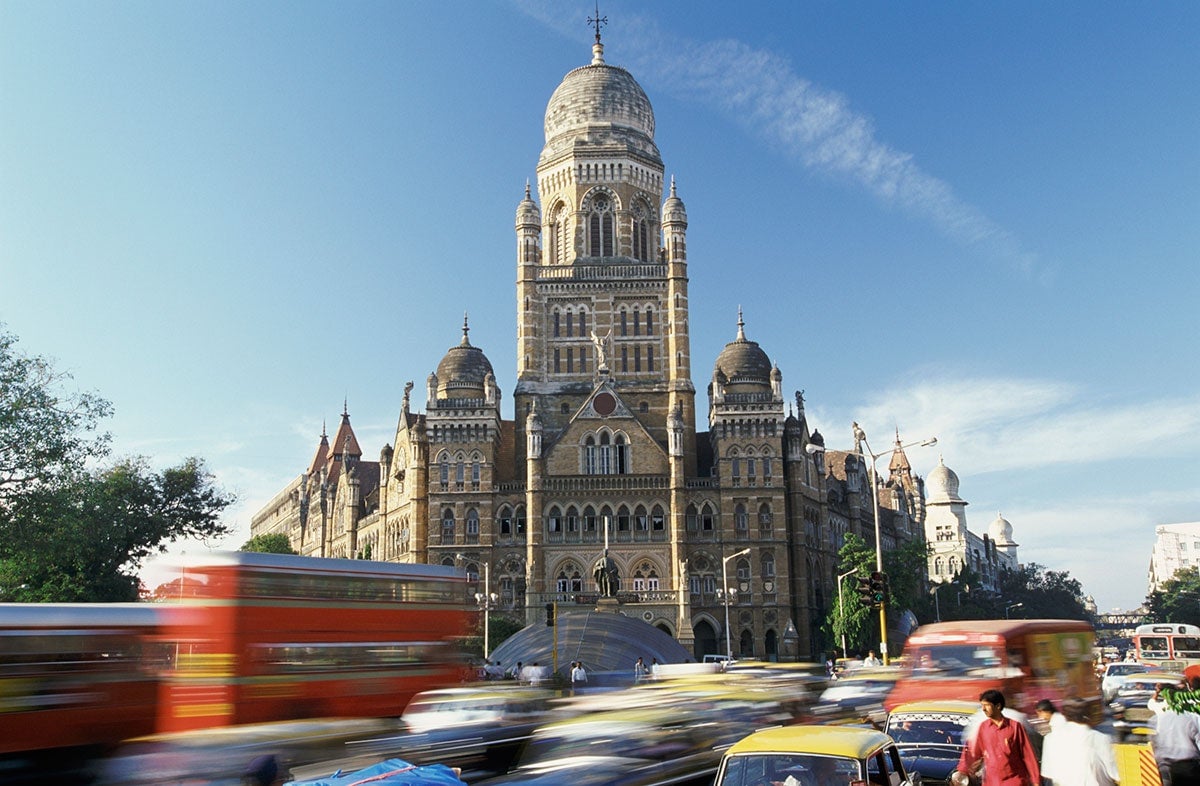
Alongside, I began hearing about the booming economies of the East that prompted Asians — Chinese and Taiwanese mostly — to go back home. India too, they said, was poised to become an emerging economy. The sleeping elephant was waking up and age-old phrases were being overturned.
Horace Greeley’s edict, “Go West, young man,” had been turned on its head. Suddenly, it seemed, the East was the new West, thanks to the burgeoning economies of China and India. The immigrants were returning home, or so the press said. Non-resident Indians were opting for jobs in Bangalore, rather than Boston. Harvard Business School students chose internships in Seoul over San Francisco. Chinese-Americans were returning to the land of their ancestors in droves, seeking to profit from the meteoric rise of its economy. Returning Taiwanese accounted for more than half the start-ups in Taipei. The Western gold rush had come full circle.
One summer evening, I sat on the terrace of our Manhattan high-rise, watching the planes and wishing I were in one of them. I wasn’t alone. A lot of immigrants I knew — from Brazil and Japan, from France and South Korea, from Israel and Russia — were haunted by this conflict. They had chosen to leave their homeland but couldn’t leave it behind. The reason, at least in my mind, was because we were economic immigrants, changing identities, choosing cultures and chasing opportunities. Unlike generations past, we could go back home and frequently did. Some of our friends went back home and never returned. Our friends, Shai and Edit Novik, announced one day that they were moving back to Israel, with their new baby. Shai worked with Ram and had become an “extraordinary alien,” meaning his skills allowed him to freely live and work in the US.
Why now, we asked, when there is so much violence in Tel Aviv?
“Our grandparents are there,” he said softly. “And our parents. We want our kids to know them…we miss home… “
We understood. We felt the same way.
I routinely went on internet newsgroups that talked about returning to India. One called return2india.com was my favorite. That night, on my computer screen, I saw a post from someone called “Loyal Indian,” who said that $640,000 was all that was needed to retire in India.
“Do we have $640,000 saved up?” I asked Ram after dinner.
“Probably,” Ram replied. “Why?”
“That’s the amount of money we need to move back to India,” I said, putting away the dishes.
Ram stared at me. “You serious about this?” he asked.
“Well, I am just exploring the possibility,” I replied defensively.
“You are nuts,” he said, turning on the dishwasher. “We’ve worked so hard to come up the ranks. Just when we’ve reached a comfortable plateau, instead of heaving a sigh of relief and enjoying life, you want to throw it all away and move back to India. Why?”
“Why not?” I retorted. “All our friends talk about it, everyone dreams about it, but no one is able to pull it off.”
“With good reason,” Ram replied. “Don’t you remember what Zahid said?”
“India is such a lost cause,” Zahid had said.
I was a sucker for lost causes. But it was more than that. I had started thinking of our return to India as something we needed to do to prove to ourselves, and others, that it was possible. It would be a grand message, something that would inspire legions of Indians to move back home. They would start companies, fuel India’s economy and put it back on the map. A nation would rise, and all because of one small act. Recycling, going organic, moving to India. Why not?
Ram interrupted my fantasy. “Our life is not a cause,” he said. “We don’t have to prove anything to anybody.”
He was right, of course. This wasn’t a cause. It was our life.
“Look, I know you miss India,” Ram said. “I do too. But moving back may not be the best thing for us as a family. In fact, it may be the biggest mistake we make.” He sat on the living room couch and started channel surfing. I joined him.
“You think I haven’t thought of that?” I asked. “You think I haven’t envisioned scenarios where Ranjini gets some rare Indian disease because of the pollution, where I get killed in one of those horrible traffic jams in Madras, and you get kidnapped and tortured by the Bombay Mafia? You think I haven’t thought of all this?”
Ram’s jaw dropped. “You actually think up gory scenarios like this?” he asked. “I was merely thinking of difficulties with school admission and finding a place to live, not rare Indian diseases and the Bombay Mafia.”
We were silent for a moment. Then I took a deep breath. “Look, I know this sounds corny, but don’t you want to give back to the land that nurtured us?” I asked.
“You can give back from here,” Ram replied. “We can contribute money to any number of charities in India.”
“Don’t you want Ranjini to get to know her grandparents?” I asked. “It is easier if we are in India.”
‘That I agree,” Ram said. “But that is not a good enough reason to move.”
I had run out of arguments. “I…just don’t want…to look back 10 years from now and regret it. I don’t want to be one of those Indians that dreams forever of retiring in India.”
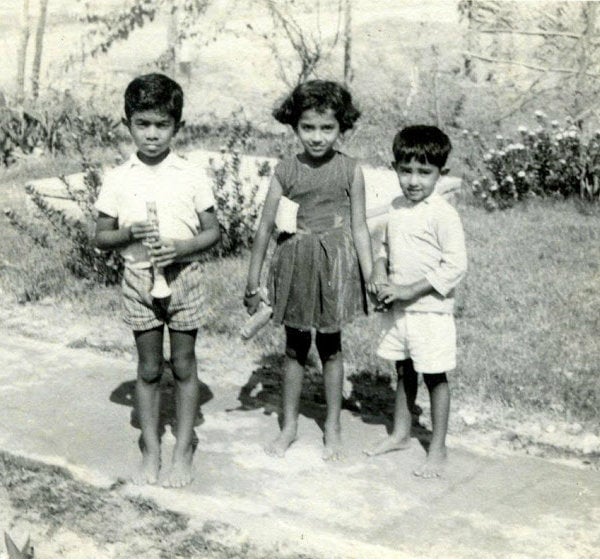
Impulsively, I took out a pen and paper and made a list. When he saw the heading, Ram shook his head and got up.
“Don’t try to brainwash me,” he said.
“I am not,” I replied. “I am making a list for my own reference.”
“Like hell you are,” Ram said as he walked away.
I smiled and continued writing.
Reasons to move back to India
1. Parents are getting older. Want to take care of them.
2. Want kids to have eastern values like putting out for family and respect for elders. (Can we teach them that while living here?)
3. Want kids to have relationship with grandparents and that is easier if we live in India.
4. Want to give back something to the country that nurtured us. (Can we do that from here? Contribute dollars to Mother Teresa’s group, etc.)
5. Viscerally miss living in India — the food, smell of jasmine, the Autorickshaws, music concerts, cows on streets, haggling at bazaars, wearing silk saris. Is this just nostalgia?
6. Family is family, as Priscilla said. You can buy anything in America. Can’t buy family.
7. Very materialistic society. Consumerism runs rampant. Want to protect kids from random shootings, drugs in high school, sex in middle school. (Am I being puritanical?)
8. Don’t want Ranjini to become a Britney Spears clone.
9. What if we stay here and are unable to care of our parents? Can I live with myself?
10. If we live here, there is a fair chance that India gets eroded out of our lineage. Can I deal with ‘American’ grandchildren?
11. Want kids to love India as I do.
I showed Ram my list. He quickly grabbed a pen and paper and wrote out his own list, to which I added my parentheses.
Reasons to stay in America
1. Global opportunities for a career. Meritocracy in the workplace. Encourages you to be the best in your field. Exciting place to work. If we move to India, have to give up on a career.
2. America is a multicultural society. Kids will get to know classmates from all over the world, especially if we live in a large city like New York. They will have a broad worldview.
3. Very comfortable life here in terms of material comforts. Systems work. People are efficient. Easy to get things done.
4. Dollar income, strong currency, good purchasing power. Can use it to travel the world, buy things, enjoy life, go on cruises.
5. Want kids to have American values of independence, self-reliance, go-getting drive. (Can we teach them that from India?)
6. America is the least imperfect society. Has its problems, but at least I don’t have to worry about traffic, pollution, bribery and petty corruption, trains running on time, etc. (On the other hand, we do have to worry about big things like guns in schools, whackos carrying guns on streets, sexualization of everything, teenage years…)
7. Even if we move back, I would want the kids to come back here for college. Then why bother hauling them back?
8. Medical facilities are much better in America.
9. Kids can learn skiing here. No snow in Madras. Then again, how many times have we gone skiing in the last ten years?
10. Have a great life here. Have many dear friends. Why uproot oneself? Are we nuts?
11. Want kids to love America as I do.
12. What if we move back and something terrible happens? Can we live with ourselves?
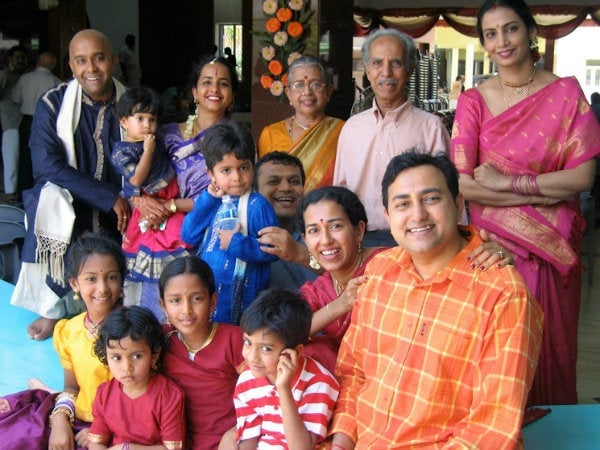
I stared at what we had written. There were many reasons to stay and there were equally good reasons to leave. But none were compelling. None propelled me into a decision — except for family in India, perhaps. As for Ram, he seemed to have cast his vote with America
After 20 years in India and 16 in America, I was finally questioning my place in the world. What was I— Indian or American? The government had proclaimed me an American citizen. Now I had to figure out how to become one in the real sense of the term.